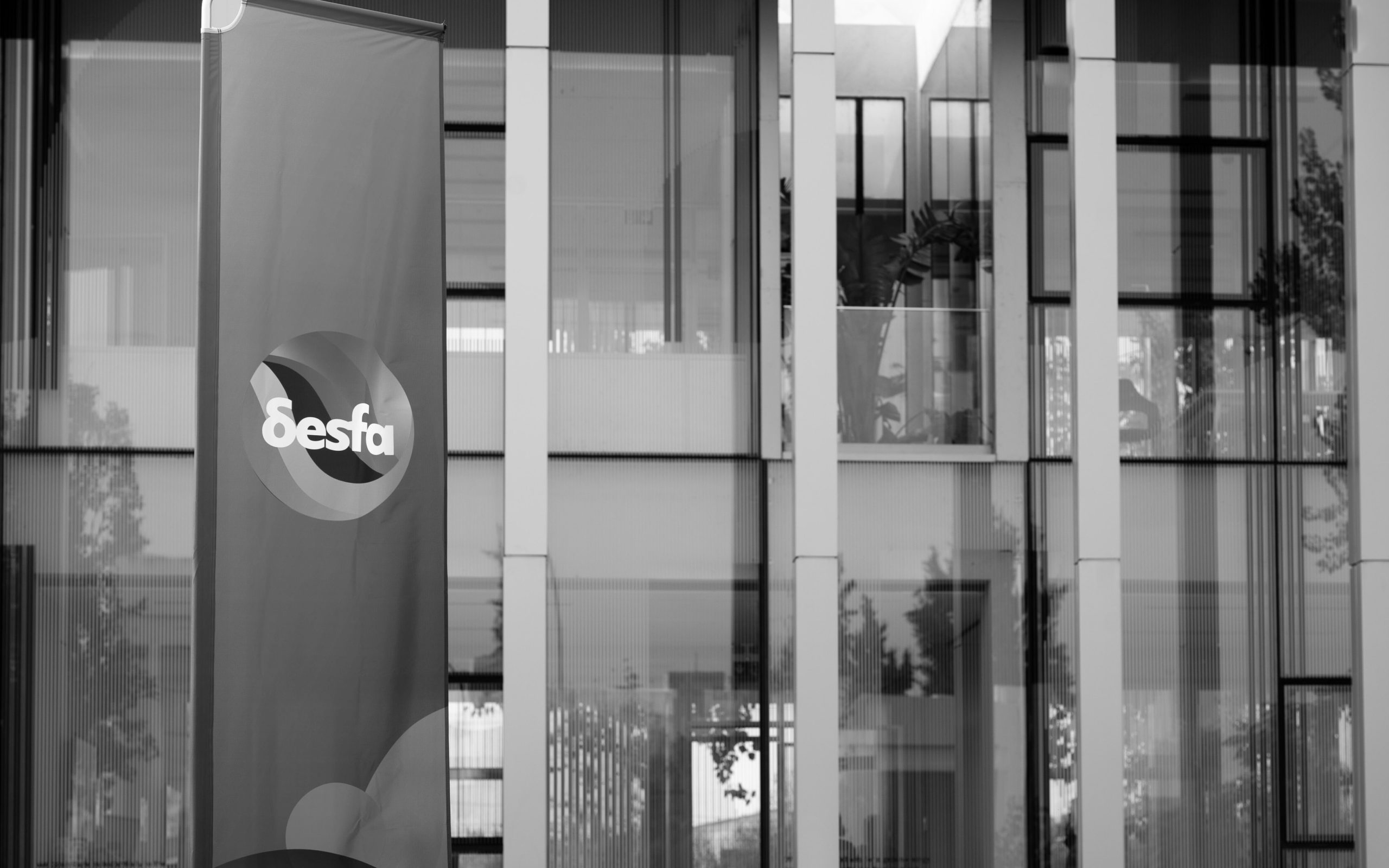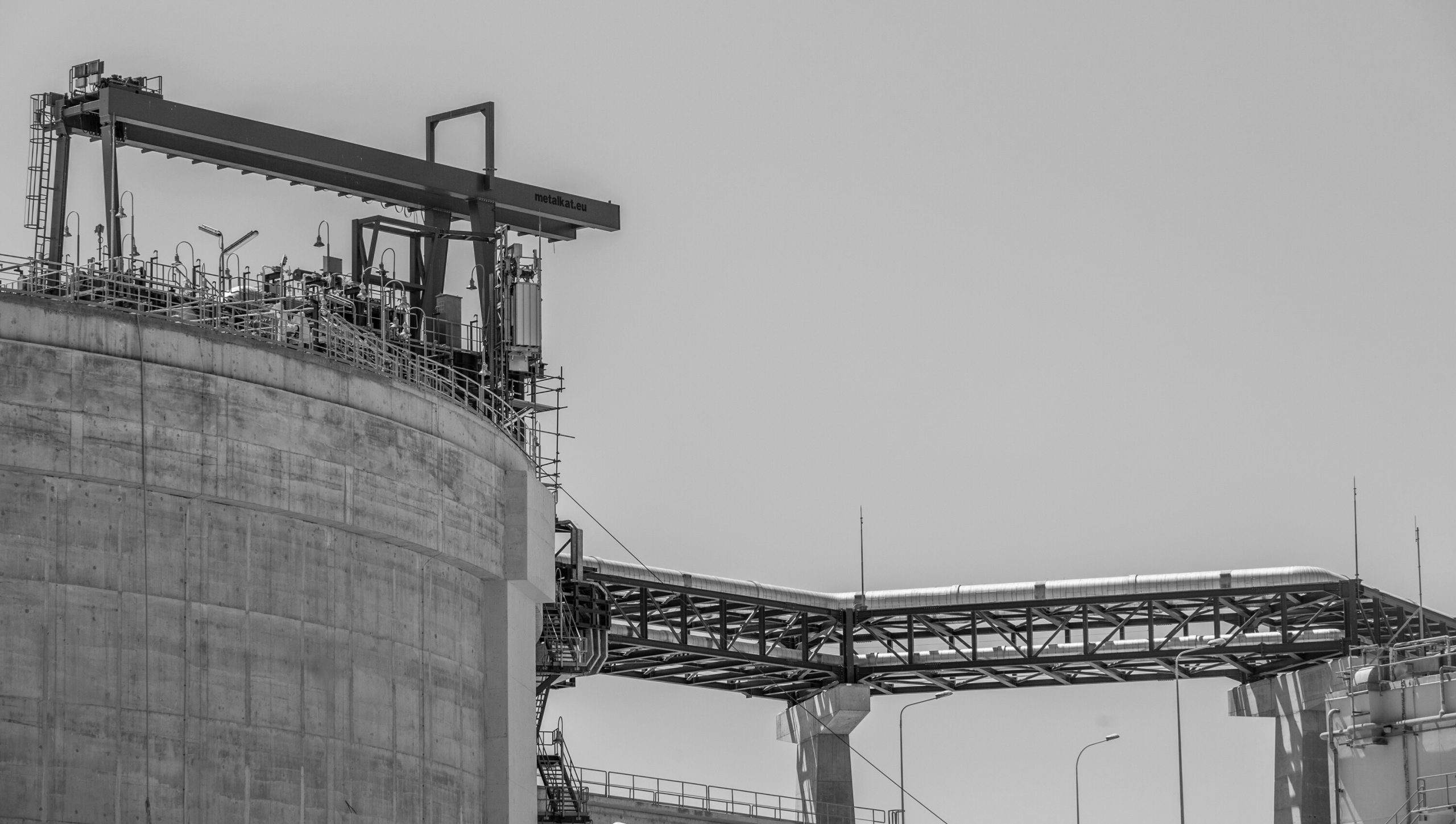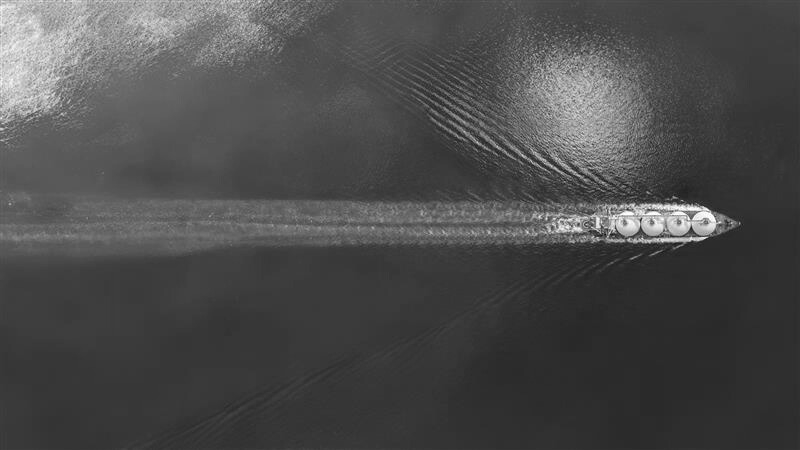Regulatory Framework
In accordance with the provisions of National and EU Law, the Company operates in a regulated environment, under legal and operational unbundling, as the Operator of the National Natural Gas Transmission System. The regulatory framework for the operation of the Operator is determined by the Regulatory Authority for Waste, Energy & Water (RAAEY).
Tariff Regulation
The Tariff Regulation defines the methodology for determining the revenue and tariffs of the activities of the National Natural Gas System Operator, in accordance with the provisions of article 88 of Law 4001/2011.
For the current regulatory period 2024-2027, the Regulation on the Methodology for the Required Revenue and Tariffs for the Activities of the National Natural Gas System (NNGS) Operator – Sixth Revision (Government Gazette 4192/29.06.2023, Decision RAAEY No. E-59/2023) is in force.
Relevant decisions are presented below.
Revenue & Tariff Decisions
Both DESFA’s revenue and the level of tariffs are regulated. A decision of the Regulatory Authority determines the amount of revenue before the beginning of each four-year regulatory period, as well as the level of tariffs for the first year of the regulatory period.
For the current regulatory period, RAAEY Decision (E-69/2023) determines the Revenue level for years 2024-2027, as well as the tariffs for year 2024.
Relevant decisions are presented below.
Tariffs of Basic Activities
For the second, third and fourth year of each Regulatory Period, tariffs for the Transmission Service and the Basic LNG Facility Service are determined by relevant RAAEY Decisions.
Relevant decisions are presented below.
Tariffs 2018
Tariffs 2015
Tariffs 2014
Tariffs 2013
Tariffs 2011
Tariffs 2010
Transmission Service
Concerns the transmission of Natural Gas through a network of high pressure pipelines for the purpose of providing Natural Gas to Customers, excluding Supply, as well as the development, maintenance and management of the National Natural Gas Transmission System.
The coefficients of the Transmission Tariffs historically are presented here.
Basic LNG Facility Service
Pertains to the unloading, temporary storage and regasification of LNG, as well as its injection into the National Natural Gas Transmission System conducted at the LNG Facility.
The coefficients of the LNG Tariffs historically are presented here.
European Regulations
The basic rules regarding Transmission Service tariffs are defined at European level by Regulation 460/2017 (TAR Network Code) of the European Commission.
Information to be published before the annual yearly capacity auction (Article 29 TAR NC)
Information to be published before the tariff period (Article 30 TAR NC)
Regulated Non – Transmission Services and Ancillary LNG Services
Non – Transmission Services
According to the Tariff Regulation (RAAEY Decision E-59/2023), Non-Transmission Services are the services provided by the Operator that meet the criteria of Regulation 2017/460 (TAR NC) and of article 5 of the Tariff Regulation. These services do not include services regulated by Regulation (EU) 312/2014 provided by the National Natural Gas Transmission System Operator. The key existing services provided by DESFA are listed in Annex B of the Tariff Regulation.
Ancillary LNG Services
According to the Tariff Regulation (RAAEY Decision E-59/2023), Ancillary LNG Services are the services in addition to the Basic LNG Facility Service, which are provided by the Operator at the LNG Facility on Revithoussa and following approval by RAAEY, are treated as regulated and included in the category of the Basic LNG Facility Activity. The key existing services provided by DESFA are listed in Annex B of the Tariff Regulation.
Truck Loading Service
LNG Truck-Loading is the process of filling specially designed tank trucks or trailers, in order to transport natural gas in liquefied form (LNG). Due to the high energy density of LNG, trucks can carry significant amounts of energy by road, simulating to a virtual pipeline, providing high versatility in natural gas supply.
LNG Truck-Loading offers a versatile solution for transporting LNG quantities inland, that can serve industrial consumers, truck-to-ship bunkering, truck-to-vehicle fueling, or supply remote distribution grids, acting as virtual pipelines. Furthermore, TLS can be combined with other ssLNG Services, by creating a relatively flexible network of larger and smaller LNG distribution-hubs.
The Truck Loading Service (TLS) comprises of the following elements:
- Inspection of the necessary documents of the TLS User, the LNG Truck and its driver at the Transit Port.
- Sea transportation of the LNG Truck and driver from the Transit Port to the LNG Facility.
- Entrance to the TLF and loading of the LNG Truck with the appropriate quantity of LNG, up to the maximum filling limit for LNG cargo, after the necessary inspection.
- Sea transportation of the LNG Truck from the LNG Facility back to the Transit Port.
- Conducting all necessary measurements and procedures required for the effective, safe and cost-efficient operation of the LNG Facility within the framework of the provision of the services mentioned above, according to the NNGS Network Code and the TLS Agreement.
More information on the LNG Truck Loading Service can be found here and here.
Truck Loading Service Tariff
The applicable Truck Loading Service tariff is set out according to the relevant Decision of RAAEY.
Relevant decisions are presented below.







